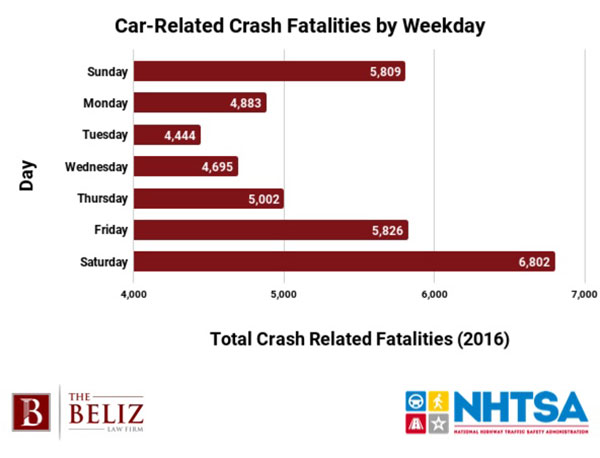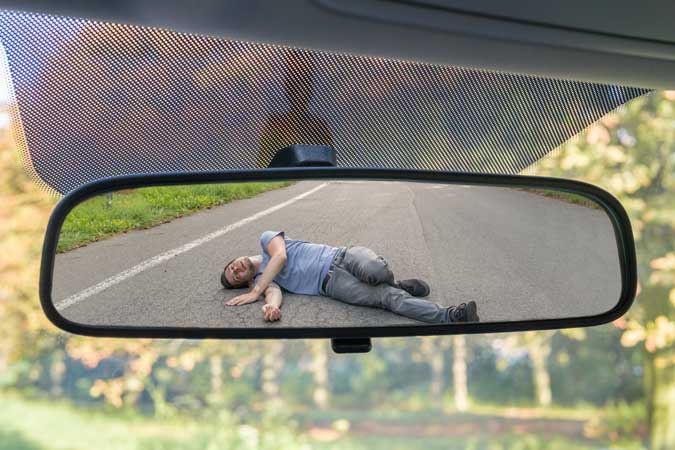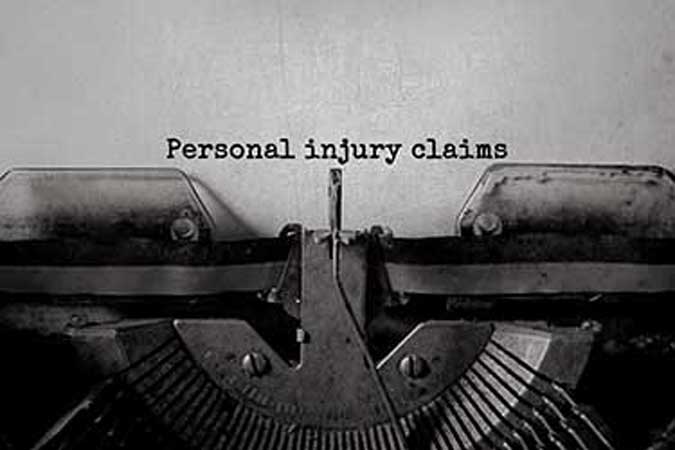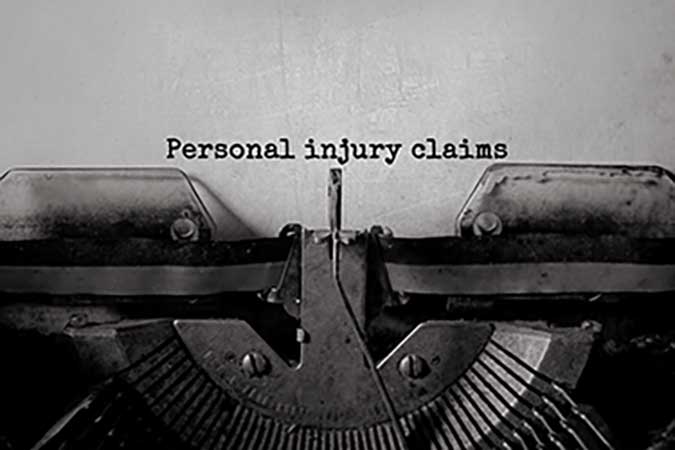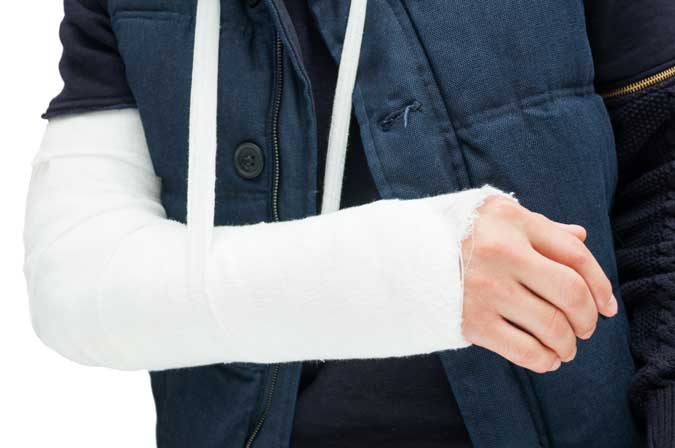 Truck Accidents
Truck Accidents
Revealed: The Average Semi-Truck Accident Settlement in CA (2023 Update)
Jan 2, 2019 | Read Time: 4 minutesWhen a car and a truck collide with each other, the crash is more likely to injure the occupants of the car than the truck driver. This is due to the sheer differences in weight and power between a semi-truck and a passenger vehicle. While commercial trucking companies have a responsibility to operate their large vehicles in a safe manner, semi-truck accidents remain a serious public safety problem. According to the California Highway Patrol (CHP), around 300 people are killed in large truck crashes in the state each year. Truck accident victims can file personal injury claims to compensate for their damages. These damages can include their medical bills, their lost wages, and their pain and suffering damages. This may include their emotional distress and need for hired domestic help while they recover. So, you may be wondering what the average semi-truck accident settlement is in California. The answer is that an average truck accident settlement cannot be specified, as every commercial truck accident claim is unique. A truck accident attorney is committed to helping our clients recover the maximum compensation. We know how to hold negligent trucking companies legally accountable. To find out more about how much your semi-truck accident claim is worth, please contact our law firm for a free consultation. Semi-Trucks Usually Carry Higher Insurance Values In California, every passenger vehicle driver needs to carry insurance. Minimum coverage is $15,000 per person, $30,000 per incident. However, a semi-truck usually carries higher liability insurance. This is because semi-trucks can cause more serious injuries in crashes. The insurance limits for semi-trucks may be in the hundreds of thousands of dollars. It is even possible to have a seven-figure policy. Therefore only in catastrophic injury cases like death, paralyzation, or brain injury, may an injured person not be fully compensated for his or her losses in a truck crash. Factors that Can Impact your Truck Accident Settlement With your personal injury claim, you can seek compensation for your medical bills, your lost wages, and your pain and suffering. California divides damages into two categories, general and special. Special damages come with a tangible price tag. These include your medical bills and the wages you could not earn while recovering. General damages are the less tangible expenses you face, as the cost of a permanently reduced quality of life. There is no definite way to calculate fair compensation figure for your general damages. Parties of a case will look at how the incident affects your social life with family and friends, household chores, and spousal relationships. Testimonies from loved ones and documentation showing your ongoing need for psychological counseling to overcome the emotional distress of the injury may be used to show your general damages. Other factors that can impact the average truck accident settlement amount include: With limited exceptions, your settlement offer should account for your specific, individual damages. In practice, this means that your truck accident injury claim must be well supported by the evidence. Without well-organized, comprehensive documents and records that establish the value of your damages, it will be difficult to get the full and fair settlement offer that you deserve. A collision with a semi-truck may leave you severely injured. You are facing extensive medical treatment, time out of work, or even an end to your career. These, compounded by issues like emotional trauma following the accident, chronic pain in the time that follows, and past and future expenses related to the injury, maybe collectible damages in a potential personal injury claim. Indeed, under California law, you have the right to hold the negligent defendant legally liable for the full value of your damages. Unfortunately, recovering fair compensation after a commercial truck accident can be deeply challenging. The personal injury claims process is notoriously complex. The large insurance providers that typically defend personal injury cases on behalf of the trucking companies are extremely aggressive in settling and litigating these claims. In fact, insurance companies are known to try to resolve claim as quickly and as low as possible — even trying to deny liability altogether if possible. Work With An Experienced Semi Truck Accident Lawyer in California Today At The Beliz Law Firm, our Long Beach, CA truck accident attorneys fight to protect the rights and interests of injured victims. Among other things, our legal team will: We want to make sure that you and your family get access to every dollar that you deserve under the law. Our law firm will push for the best settlement offer. Most personal injury claims can be settled prior to litigation. At the same time, we are always ready to litigate your truck accident claim if the truck company or its insurer refuses to play by the rules or treat you fairly. At The Beliz Law Firm, our California personal injury attorney has the skills and experience needed to hold negligent trucking companies liable. If the truck driver, trucking company, or truck manufacturer was at fault for your accident, you should seek compensation for your losses. You will need to file a personal injury claim. For help with your claim and to find out more about your potential semi-truck accident settlement, please contact The Beliz Law Firm today to set up your free case evaluation.
Continue Reading

